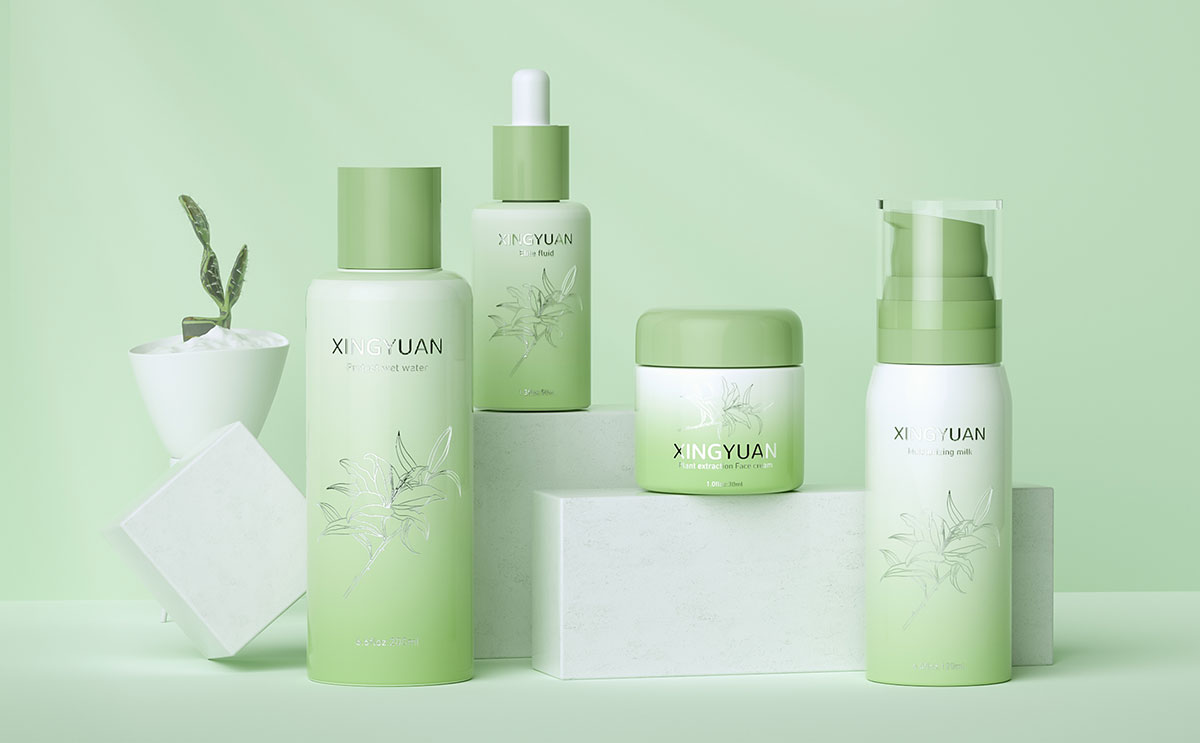In today’s environmentally conscious world, sustainability has become a paramount concern. Industries across the board are recognizing the need to adopt eco-friendly practices, and the cosmetics industry is no exception. Packaging plays a significant role in reducing the environmental impact of cosmetic products. This article aims to explore the most eco-friendly packaging options for cosmetics and shed light on the importance of sustainable choices.
Outline
Environmental Impact of Traditional Cosmetic Packaging
Conventional cosmetic packaging has a substantial environmental footprint. The use of non-biodegradable materials, particularly plastic, contributes to extensive waste that often ends up polluting landfills and oceans. Shockingly, the beauty industry generates billions of tons of plastic waste annually, highlighting the urgent need for change. As consumers become more aware of this impact, they are demanding more sustainable packaging solutions.
Criteria for Eco-Friendly Packaging
Eco-friendly packaging refers to materials and design practices that minimize harm to the environment throughout their lifecycle. When evaluating packaging options, several criteria come into play. Firstly, the materials used should be biodegradable, recyclable, or compostable to ensure they can be effectively managed after use. Secondly, it is crucial to consider the energy consumption during the production process, aiming for low-carbon manufacturing techniques. Additionally, optimizing packaging size and weight can minimize transportation-related emissions. Lastly, eco-friendly packaging should prioritize the reduction of carbon footprint and limit the use of harmful chemicals, ensuring the safety of both the environment and consumers.
Eco-Friendly Packaging Options for Cosmetics
1. Sustainable Materials
Sustainable materials provide an excellent alternative to traditional packaging options. Glass packaging stands out as a widely used eco-friendly solution due to its recyclability and low environmental impact. Glass containers can be recycled infinitely without loss in quality. Another viable option is aluminum packaging, known for its lightweight properties and high recyclability. It not only preserves the quality of cosmetic products but also contributes to reduced waste. Bio-based plastics derived from renewable resources, such as cornstarch or sugarcane, are gaining popularity for their biodegradability and reduced carbon footprint.
2. Refillable and Reusable Packaging
Refillable and reusable packaging options have gained momentum as effective strategies to reduce waste. Brands are increasingly offering refill stations or packaging that allows consumers to replenish their products without discarding the original container. Refillable containers not only minimize packaging waste but also promote cost-effectiveness for both consumers and manufacturers. Magnetic or modular packaging systems provide another innovative approach, enabling consumers to replace empty product containers while retaining the outer packaging. Moreover, some brands are designing packaging with repurposing in mind, encouraging customers to find creative uses for the containers after product use.
3. Minimalist Packaging
The concept of minimalist packaging aims to eliminate excessive waste and focus on essential product needs. “Naked” or solid cosmetic products, such as shampoo bars and solid moisturizers, eliminate the need for plastic containers altogether. Package-free alternatives, like beeswax wraps or compostable materials, further minimize waste and provide sustainable options for consumers seeking environmentally friendly choices.
4. Innovative Packaging Solutions
Innovation plays a crucial role in finding sustainable packaging solutions. Edible packaging, made from natural materials such as seaweed, offers a unique approach to reducing waste. It provides an environmentally safe alternative to single-use packaging, as consumers can consume or safely dispose of the packaging material. Water-soluble or dissolvable packaging is another innovative solution that eliminates the need for disposal. These materials dissolve upon contact with water, reducing waste and minimizing environmental impact. Mushroom-based packaging is an emerging trend that utilizes the biodegradable properties of mushrooms to create sustainable packaging options. It shows promise in replacing traditional packaging materials while being compostable and environmentally friendly.
Case Studies and Success Stories
Numerous cosmetic brands have embraced eco-friendly packaging and achieved remarkable success in their sustainability initiatives. Brand A, for instance, implemented refillable glass containers for their skincare products, resulting in a 50% reduction in plastic waste. Brand B introduced compostable packaging made from plant-based materials, significantly reducing their carbon footprint. These success stories demonstrate the positive impact and consumer response to eco-friendly packaging initiatives, encouraging other brands to follow suit.
Conclusion
As the cosmetics industry continues to grow, it is imperative to prioritize eco-friendly packaging solutions to mitigate the environmental impact. By considering sustainable materials, refillable and reusable options, minimalist packaging approaches, and innovative solutions, brands can significantly reduce their carbon footprint and waste generation. Collaboration among brands, consumers, and policymakers is essential to drive the widespread adoption of eco-friendly practices. With continued research, innovation, and consumer demand for sustainable packaging, the cosmetics industry has the potential to create a greener and more sustainable future for our planet.

0 Comments